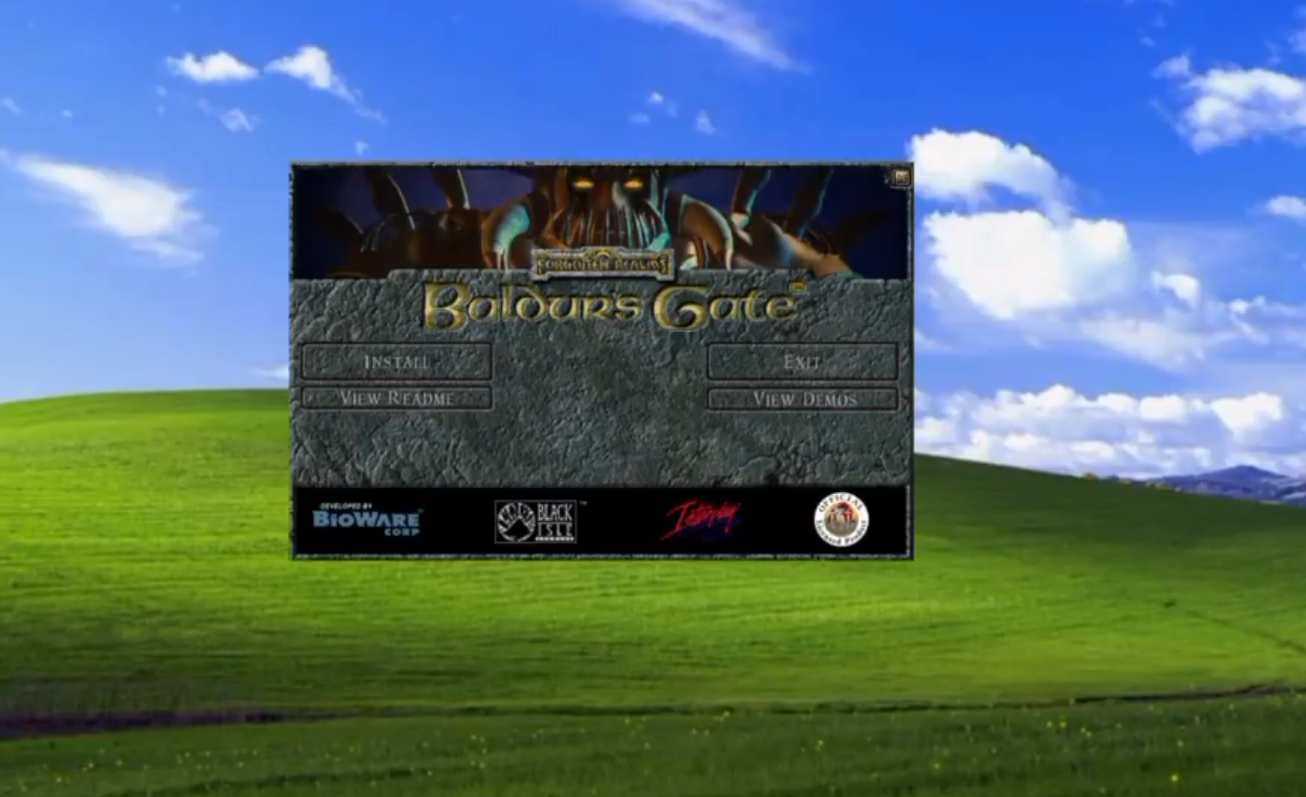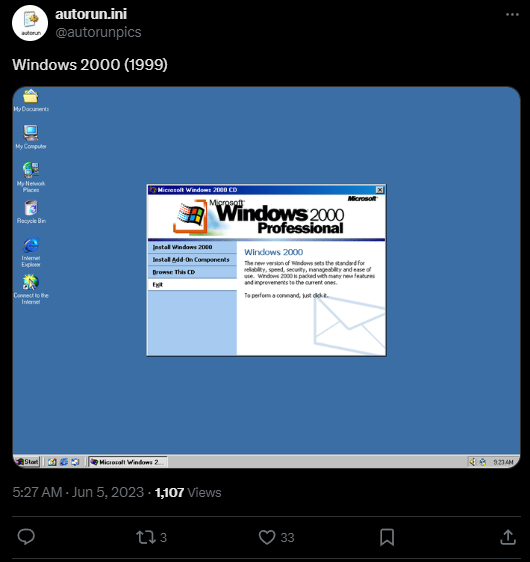Nothing's made me want to reject modernity more than this videogame scholar documenting the installers of yesteryear
No wait, go back, I want to be ini.

The year is 2024. You've just purchased a new game on Steam. You open your library (or click the prompt on your receipt page) and direct the storefront to your SSD. You hang around a while to see how fast your download speed is, doing the prerequisite fretting over whether your internet is suddenly dying without you noticing, then go back to your life.
It's not exactly a process that builds hype—I mean, it's functional most of the time. Stress-free, even. But we've traded out convenience for theatre. The game installers of yore used to give you a feeling of transition from the ordinary doldrum of your life. A reward for buying and inserting a disk—animations, music, terrible font choices—a little treat while you waited for your computer to do its thing.
In case this is all sounding a little before-your-time, however, autorun.ini on Twitter is here to help.
Named after a type of file typically packaged with CDs back in the day, autorun.ini has made it their mission to catalogue "retail game installers", and has been doing so since June of last year, starting (fittingly) with Windows 2000. Gotta install that before you download other early-2000s essentials, afterall. Like MSN Messenger. Or Teamspeak. Remember Teamspeak?

Other gems from their hoard include the OG World of Warcraft, the theatrical and ominous greeting theme of the first Baldur's Gate, and the explosive ini of 1995's The Ultimate Doom, which perfectly times the window's appearance with a blast following a chunky, compressed shotgun cock. Music to my ears.

Baldur's Gate (1998) pic.twitter.com/2EELCCLGhnApril 29, 2024
The Ultimate Doom for Windows 95 (1995), developed by Microsoft, published by GT Interactive pic.twitter.com/ttvmHHTnMQJune 6, 2023
My favourite by far, however, is this screen for Final Fantasy 8—the blurry jpg featuring early 2000s CGI among what looks like might actually be a stock photo. The blocky, italicised font, the little wing graphics superimposed next to them. It looks like a fan website. In other words, it's perfect.

Unfortunately, these things have pretty much gone the way of the dodo. The closest we get are in-house launchers for MMORPGs like Final Fantasy 14. Occasionally, a studio like Larian might have an all-in-one launcher for its games—but the closest you get to that sinking-into-a-bath feeling nowadays is patiently waiting for a game's shaders to compile on your first boot-up, or something like World of Warcraft's login screen.
Keep up to date with the most important stories and the best deals, as picked by the PC Gamer team.
Personally, I think old-time game installers should make a comeback. Sure, you can compile shaders when the game launches, but there's something magical about a pop-up window blasting much-too-loud at you. I want the bad fonts, the compressed noises—but then again I also want physical boxes and instruction manuals, and those lie in graves, succeeded mostly by collector's editions. Simpler times, indeed.

Harvey's history with games started when he first begged his parents for a World of Warcraft subscription aged 12, though he's since been cursed with Final Fantasy 14-brain and a huge crush on G'raha Tia. He made his start as a freelancer, writing for websites like Techradar, The Escapist, Dicebreaker, The Gamer, Into the Spine—and of course, PC Gamer. He'll sink his teeth into anything that looks interesting, though he has a soft spot for RPGs, soulslikes, roguelikes, deckbuilders, MMOs, and weird indie titles. He also plays a shelf load of TTRPGs in his offline time. Don't ask him what his favourite system is, he has too many.

